10 Architectural Innovative Technologies All Architects Should Know About.

Are you, as an architect, aware of these futuristic Architectural technologies that can streamline all processes involved in the planning and creation of a building or project? From planning and scheduling to designing and costing, these tools can simplify your life as an architect. In this blog post, we will delve deep into 10 architectural technologies that will surprise you with their ability to make everything much easier.
3D Printing
Architects can now create quick prototypes and experiment with complex, unusual shapes using 3D printing technology. This technology reduces expenses and material waste while ensuring better outputs. Using recycled materials also promotes sustainable design practices.
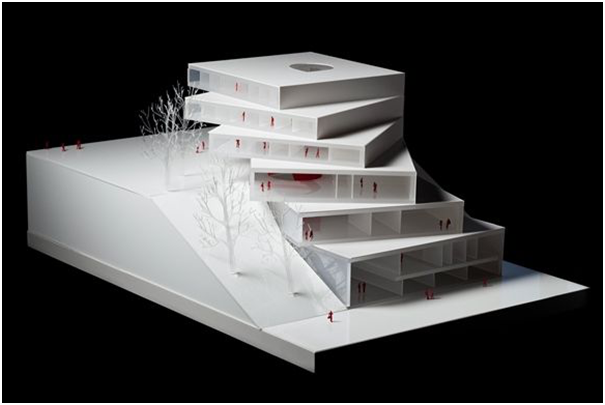
Digital Twins
Digital Twins allow architects to envision, develop, and manage structures effortlessly. This technology enables testing features, simulating different design scenarios, and forecasting performance results with accuracy while creating a digital version of the physical structure. It provides a platform for collaboration among architects, engineers, and stakeholders.
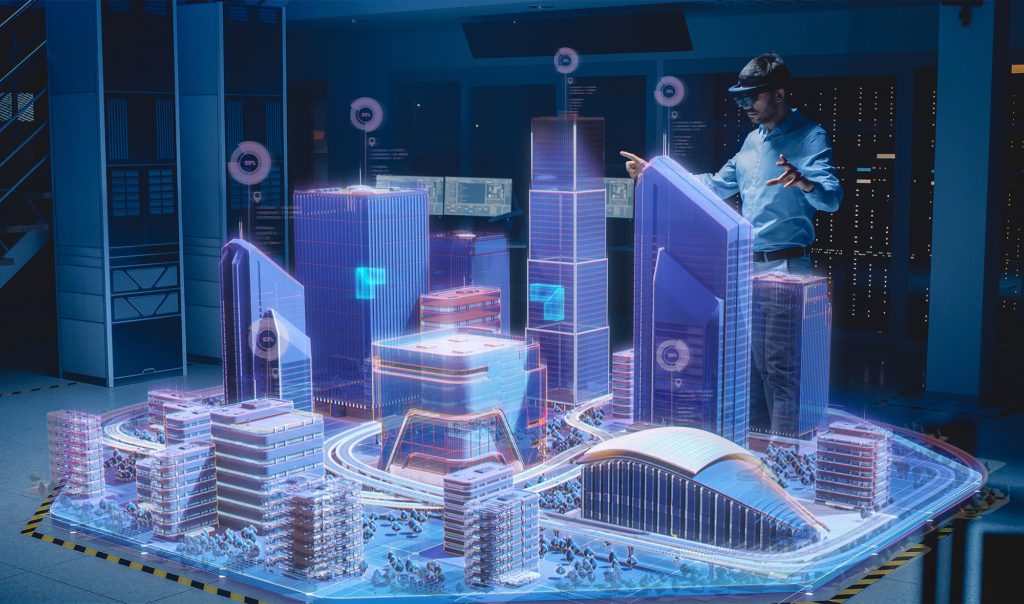
Drone Technology
Drone technology offers new perspectives and is an invaluable tool for architects. By using aerial vehicles, architects can capture stunning aerial photographs and videos of buildings, construction sites, and landscapes. Equipped with sensors, drones help architects evaluate building structures and conduct live inspections in hard-to-reach areas, enhancing planning, creation, and project execution.
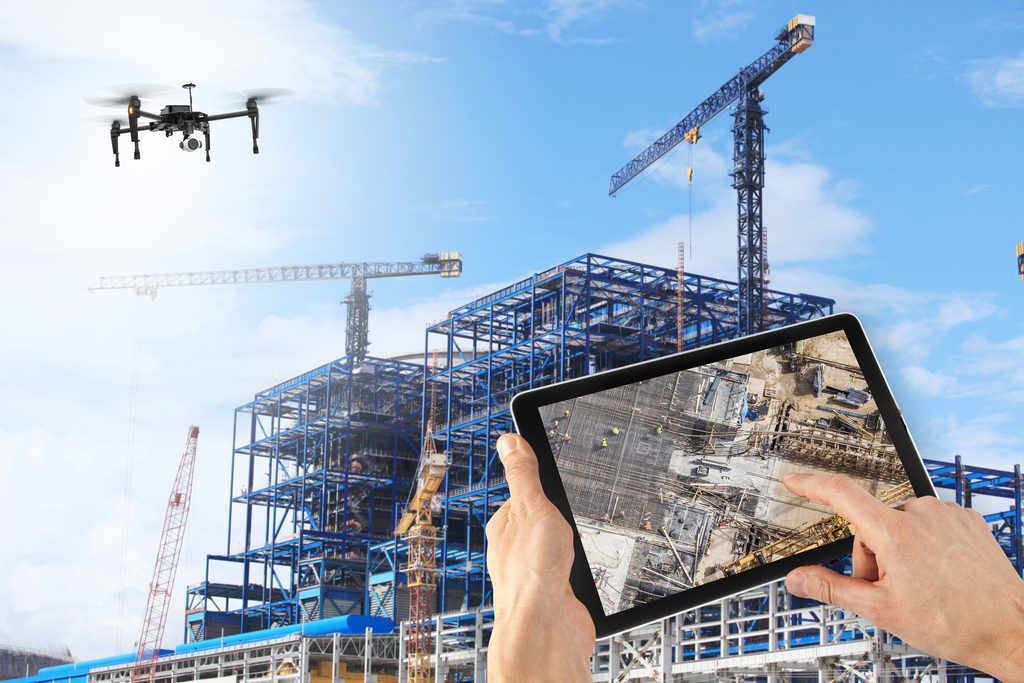
Parametric Designs
Parametric design revolutionizes architecture with its cutting-edge methods and tools. Architects can create intricate, dynamic forms that respond intelligently to various inputs, allowing them to envision and develop innovative architectural solutions without limitations.

Immersive Experience – Virtual Reality and Augmented Reality
VR and AR have transformed the architectural world by providing immersive experiences beyond traditional design techniques. These technologies enable architects and clients to immerse themselves in designs, interact with them in real-time, and observe how lighting, arrangements, and materials impact the overall look and feel of a space.

7D of BIM
BIM has revolutionized the planning and creation processes for architects. It allows the creation of accurate 3D models that provide a detailed representation of structures, facilitating clear communication of ideas and concepts with stakeholders. BIM also helps plan schedules, estimate budgets, and assess environmental impacts.

Architecture Robot
Architectural robots are innovations in engineering and design. With elegant metal frames, well-designed joints, and sensors, these robots can produce intricate designs and simulate construction projects accurately. Equipped with diverse devices, they can move materials, create detailed drawings, and even build large structures.
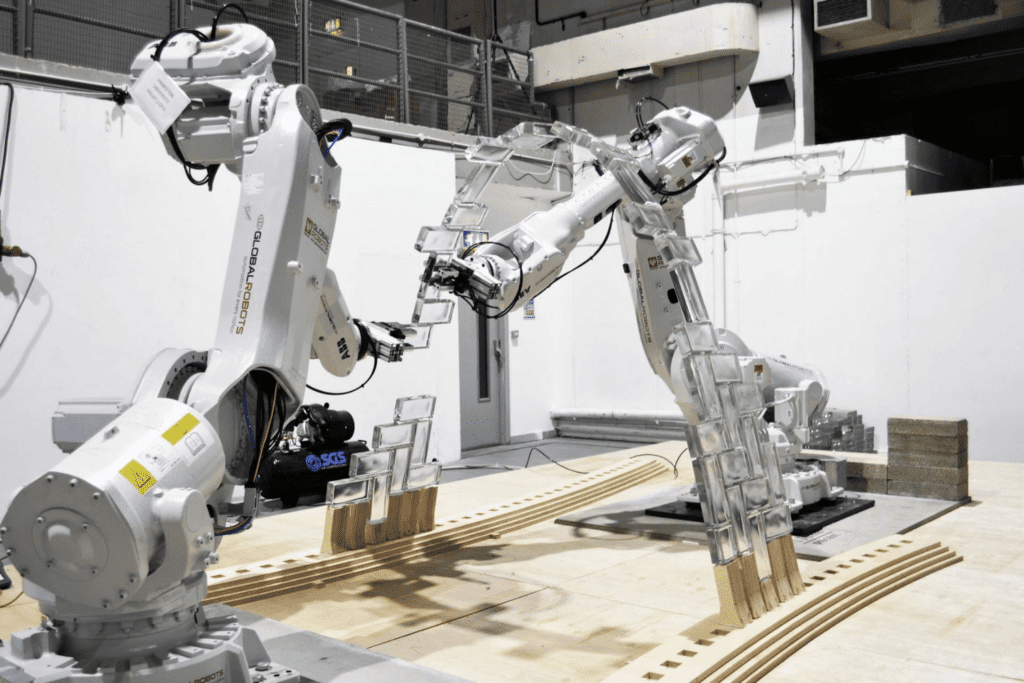
FUZOR
Fuzor is a software solution designed to assist architects and construction professionals in streamlining construction processes and enhancing project visualization. It features 4D construction and animation capabilities, allowing architects to visualize construction over time and generate overviews of tasks, costs, and schedules. Fuzor integrates with various software tools, enhancing productivity, decision-making, planning, and designing.

Touchable Holograms
Touchable holograms offer a tactile, immersive experience in a 3D environment. Architects can manipulate structures, feel textures, and assess the practicality and visual appeal of their ideas without creating real structures. This technology allows both clients and designers to participate in an interactive design experience.
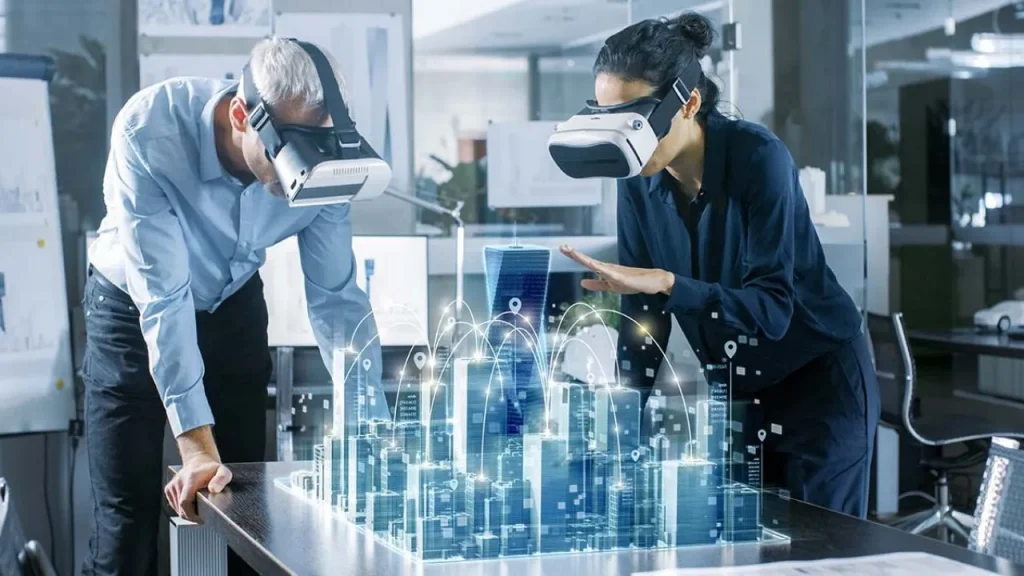
Matterport
Matterport allows architects to gather detailed data on existing designs through its 3D capabilities, creating an accurate depiction of current buildings. This tool provides architects with the ability to explore the existing building virtually. With its help, architects can try out different design concepts and make well-informed decisions.
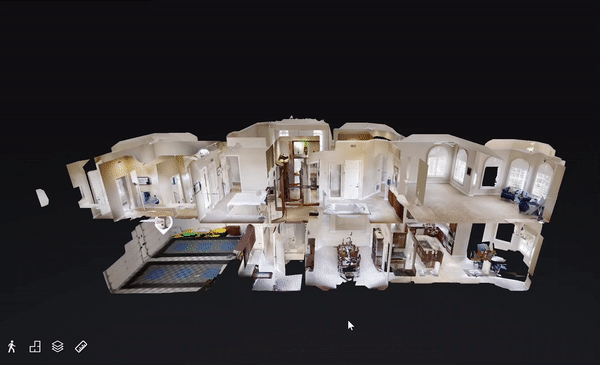
By integrating these innovative technologies, architects can significantly speed up the design and costing processes of building projects. Staying updated and continuously educating yourself on these advancements will help you manage your valuable time more effectively as an architect.